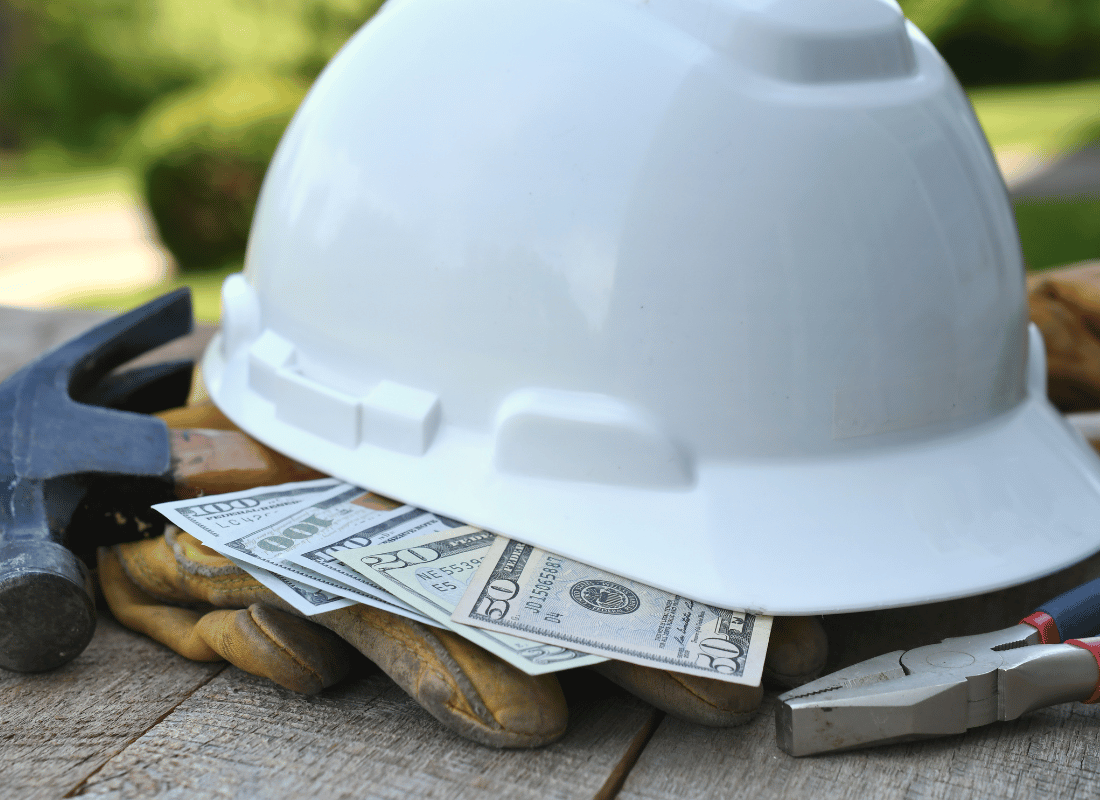R&D Tax Credit: A Real Benefit for Construction Companies!
Originally published on December 12, 2022
Updated on February 6th, 2024
Construction business owners are often looking for ways to save money. Many know about some of the tax policies that can provide their companies with substantial savings. But they might be unaware about other tools available to them—including the research and development (R&D) tax credit.
It’s an understandable (and common) mistake. When most people hear the term “R&D,” they think of companies making breakthroughs in technology or medicine. Construction company owners might assume that since they’re not an inherently scientific or technological business, they don’t qualify for this great tax benefit.
This is a long-standing myth about the R&D tax credit—and one that could cost thousands on your tax return. So let’s take a look at how you can leverage it for your construction businesses.
What is the R&D tax credit?
The R&D tax credit was established in 1981 under legislation providing incentives for businesses to create or advance new technologies. It allows a dollar-to-dollar reduction in your tax liability for expenses incurred during qualified research activities performed on U.S. soil.
Eligible expenses include wages paid to employees, supplies used during the development process, third-party contract research expenses, and research payments made to qualified education institutions, among others. Additionally, the credit is not limited to a single tax year; R&D expenses incurred in any tax year may qualify. This provides companies with the incentive to continuously improve and innovate.
Initially passed for two years, the R&D tax credit remained as a part of federal legislation and was permanently extended as a part of the Protecting Americans from Tax Hikes (PATH) Act of 2015. The Inflation Reduction Act (IRA) doubled the amount of the credit that can be applied against payroll taxes (from $250,000 to $500,000 annually). This increased credit takes effect for payroll taxes beginning after 2022. However, this only applies to small firms with less than $5 million in revenue for the tax year AND less than five years in which they’ve earned revenue at all.
Do construction companies really qualify?
There are numerous misconceptions about what constitutes “research and development” activities eligible for the R&D tax credit. For starters, you can dispel the notion that only new products qualify. The improvement of existing software formulas and processes also fall under research and development.
Let’s tackle another assumption; an eligible activity doesn’t always have to be performed in a lab or be considered revolutionary. It simply must be related to an applied science such as chemistry, physics and engineering. (Also keep in mind this aspect is just one part of a four-part test for eligibility. As always, check with your tax advisor.)
How does all of this apply to a construction company? The development of new building elements, structural improvements, building processes and other aspects of construction might qualify for the R&D tax credit. Specifically, consider innovations you’ve made in the following areas:
- Electrical, HVAC and plumbing systems
- Building structure and related components
- Construction processes, methods and techniques
(Note that innovations in aesthetics or visual design don’t qualify for the credit.)
Additionally, activities common at a job site—assembling structures, mixing chemicals or substances, etc.—could be seen as related to applied science. So don’t worry about the lack of a lab environment. Just make sure you’re following dedicated testing procedures to show that these activities were part of a development process.
There are other considerations to keep in mind as well. Your company must be the primary force in carrying out the research and development portion of the work. So if you’ve created a new way to build a structure, those efforts (and the building process itself) might fall under R&D tax credit eligibility. If you’re building from a set of prints that you didn’t create, however, that activity won’t qualify.
You also need to hold the primary economic risk of your innovations. In other words, you’re responsible for the costs to resolve any failure of your idea. Finally, your company must retain substantial rights to the knowledge gained from your R&D efforts.
How can construction companies qualify for the R&D tax credit?
First, make sure your developments are considered innovations for your company. In 2003, legislation expanded the qualification for the credit, maintaining that the improvement must only be new to the company seeking the incentive. So even if other organizations or industries might have similar improvements, you can still claim your own work toward the credit.
Meticulous recordkeeping is also essential if you want to take advantage of the R&D tax credit. Your construction company should keep detailed records of its research and development work. This includes the testing and experimentation processes, (and the exploration of any alternatives), pay hours dedicated to R&D efforts, supplies purchased, etc. You’ll need all of this documentation when you apply for the credit.
Consider working with a construction CPA to review your research and development activities and assess your eligibility. By looking past the myth that only high-tech companies can take advantage of the R&D tax credit, you could see some serious tax savings. And if your company has performed research activities in the past that might qualify, you might be eligible to file an amended return to take advantage of the credit.
All content provided in this article is for informational purposes only. Matters discussed in this article are subject to change. For up-to-date information on this subject please contact a James Moore professional. James Moore will not be held responsible for any claim, loss, damage or inconvenience caused as a result of any information within these pages or any information accessed through this site.
Other Posts You Might Like

